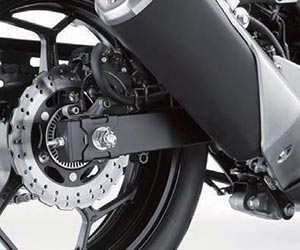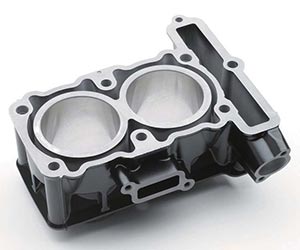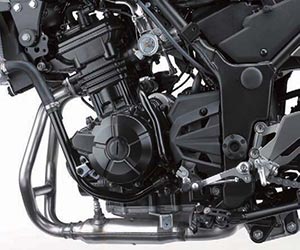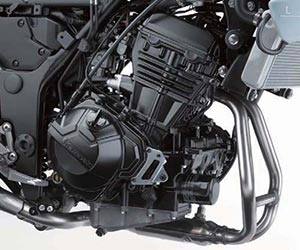Kawasaki Ninja 300 Review
By Trevor Hedge
Despite leading the motorcycle sales charts on and off for many years, Kawasaki had been short changing Australian learners by only offering them an outdated version of the venerable Ninja 250, long cast aside by other markets in favour of a more modern fuel-injected model. Only when Honda got serious about the learner market with the introduction of the CBR250R 18 months ago, did Kawasaki respond by lopping 20 per cent off the price of their 250. Now Team Green has upped the retaliation another notch by introducing a thoroughly revamped and up-sized Ninja, the 300R.
Cutting to the chase… The new Ninja 300 is an absolute winner.
Relatively comfortable, roomy and with good performance for the class, at $6199 (plus on roads) the Ninja 300 is enough to wrestle the coveted #1 spot on the sales charts back from Honda. Their CBR250R is a little better in town thanks to much better response off the mark from its single-cylinder engine, and a paint finish a few grades above what Kawasaki offers. Likewise, the Honda brakes are better than Team Green’s but in every other area Kawasaki has it covered. Let alone the sportsbike styling derived from its larger Ninja stablemates that clearly marks it a winner in the showroom appeal stakes. This is especially the case, with its youthful target market.
The 296cc parallel-twin has roots stretching back to the 1980s, and accelerating through the first couple of gears that lineage can be felt and heard via its trademark gravelly little growl bringing back memories of various youthful exploits of my own on a borrowed ZZR250 two-decades ago. Of course, the latest incarnation of this engine with its refined character, fuel-injection and longer-stroke delivering a handy 20 per cent boost in capacity, delivers performance far superior than those early machines. And as you would expect EFI means the hassles of playing with the choke and other carry on needed on cold mornings are long gone.
The gearbox and clutch are fuss free, handy for beginners, but the gap from first to second is too wide for my liking. Combined with fairly soft low-down power delivery it makes traffic light getaways less enjoyable than they should be. Once well into second gear though, the Kawasaki starts to get excited and builds up a good head of steam that carries through the rest of the cogs. A slipper clutch is a surprise inclusion and while hardly needed on a machine such as this, it might help out the learner that makes a mistake by dropping down one too many cogs and save them some heartache – so perhaps is worthwhile after all.
The chassis has been comprehensively overhauled and boy does it show. A sweet chassis, light weight and skinny tyres are a sure-fire recipe to enjoyment on tight winding roads and enjoy the Ninja 300 in such elements I certainly did! The steering is telepathic and stability quite good considering its playful nature.
However, I feel braking is not quite up to scratch. Given the target market, I can understand Kawasaki fitting brakes with a very soft initial bite and spongy feel as it will help newcomers remain smooth and in control. But once any new rider moves past these early stages of familiarisation and builds their dexterity and confidence at the controls the Kawasaki’s brakes will be left wanting by those who want to indulge the sportier side of the Ninja’s nature. At first I thought it was just a case of gummed up pads reducing the braking performance and they did get a little better when I started to really get some heat in them to try and burn any residues off, but only marginally. ABS can be had for an extra $500.
Ergonomically I found the Ninja 300 surprisingly acquitting. I never felt cramped and to be honest, could find little to fault with the riding position, instrumentation or mirrors. It all works quite well. My only bane, and one that might affect those learners with small hands, is the lack of reach adjustment in the levers. I would suggest that prospective purchasers with tiny mitts try this out for themselves and perhaps negotiate with the dealer for some trick aftermarket adjustable levers in with the deal.
A handy ace up the Kawasaki’s sleeve, so to speak, is the handy 17-litre fuel tank which in normal riding can return a 350km+ range.
The black paint on our brand-new testbike already showed signs of scuffing from our riding gear after a single tank of fuel. I would recommend anyone taking a black bike home have the dealer fit some protective clear PVC or the like to protect areas of contact.
For now, Kawasaki can rule the roost in the tiddler category, who will up the stakes in the game next…?
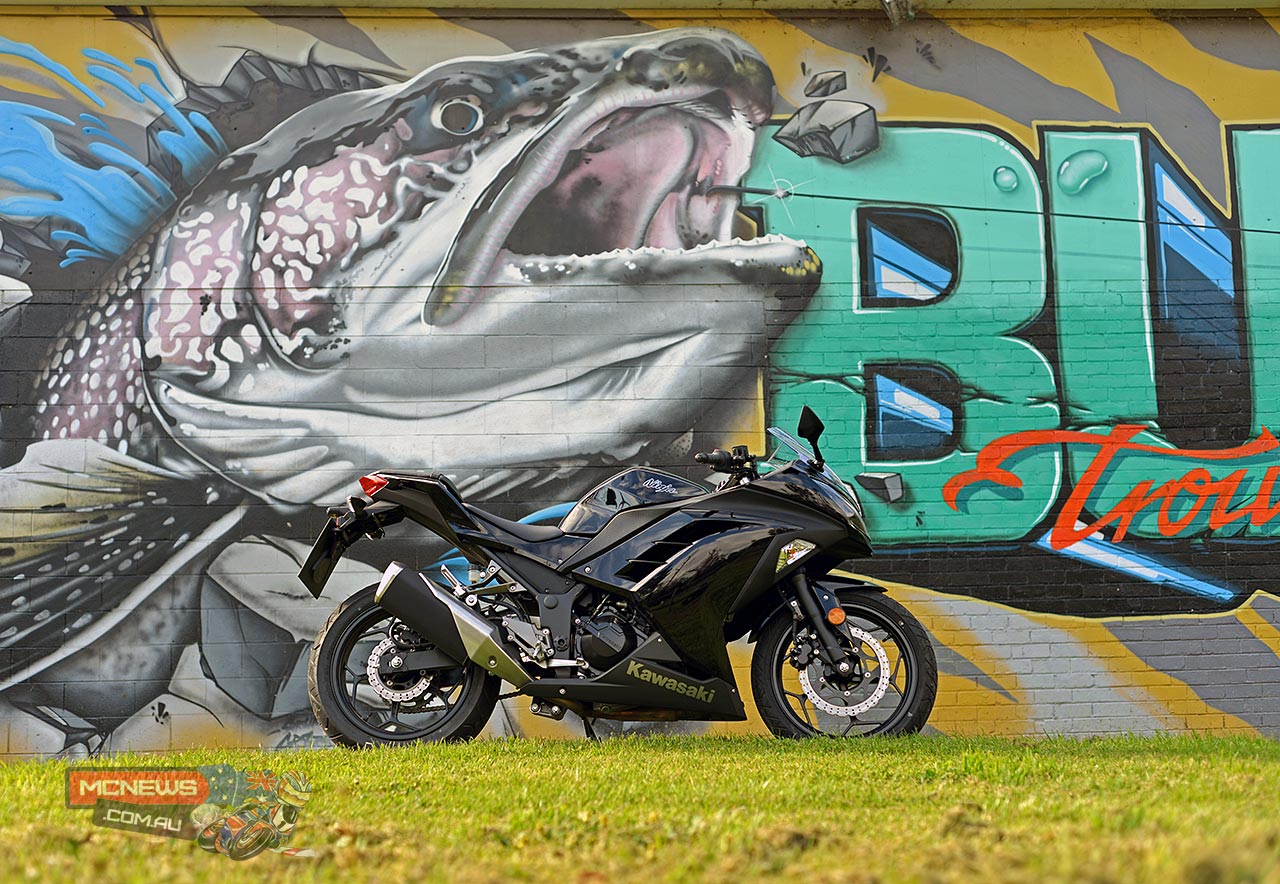
- Specs – Kawasaki Ninja 300
- Engine – 296cc, liquid cooled, parallel-twin
- Bore x Stroke – 62 x49mm
- Induction – EFI
- Transmission – Six speed
- Seat Height – 785mm
- Wet Weight – 172kg
- Front Brakes – 290mm single disc, two-piston caliper
- Rear Brake – 220mm disc, twin-piston caliper
- Fuel Capacity – 17 Litres
- Economy – 5 litres per 100km
- Range – 350km
- Warranty – Two years
- Price – $6199 (as tested)
- Verdict – ****
Positives
– Ergonomics
– Styling
– Price
Negatives
– Braking performance could be better
– Engine still soft down low
– First gear too short
